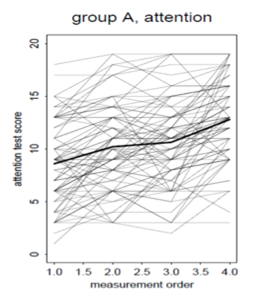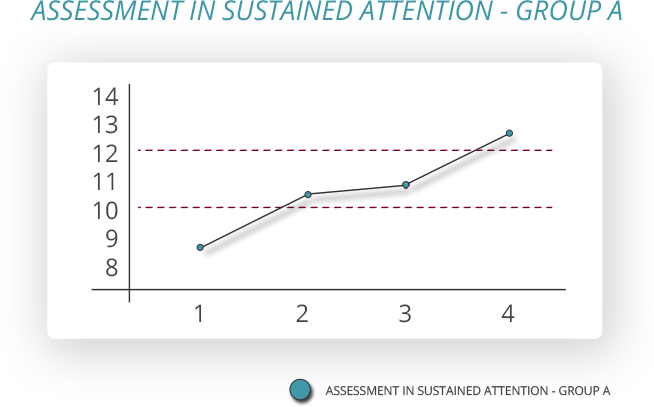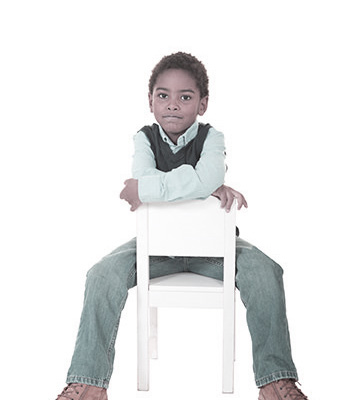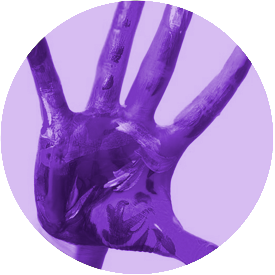A musically-based, brain training program that improves sustained attention and reduces anxiety in children with attention difficulties.
Our digital platform gets children feeling confident about their growth.It contains seven voice-guided units that include calming sounds, spoken text and rhythmic cycles. Ideal for using it at school, at home or in a therapeutic setting.
The program was tested in a clinical trial through the University of Vienna, Faculty of Natural Science with 156 children diagnosed with ADHD.
WHY IS IT REALLY EFFECTIVE?
LEARN TO TRAIN ATTENTION AND RELAXATION
GWC METHOD FOR ADHD
HOW IT WORKS
A MUSICAL PROGRAM FOR BRAIN TRAINING
1 YOUR SPECIAL PLACE
1 YOUR SPECIAL PLACE
In this unit, children learn to make their special place, a mental construct where they will feel safe and sure of themselves. In their special place, children can process, explore and create their own references and patterns in order to mature in a balanced way. The special place is an indispensable tool that can be returned to whenever they think of it.
2 BREATHING
2 BREATHING
In this unit, children will learn costal and abdominal breathing. Breathing is a vital process that oxygenates the body.
3 LEFT AND RIGHT BRAIN BALANCE
3 LEFT AND RIGHT BRAIN BALANCE
This unit aims to bring better awareness and integration to both cerebral hemispheres and right and left sides of the body. This improves well-being, cognition and emotional capacity.
4 BODY IMAGE
4 BODY IMAGE
This unit focuses on the identification of different parts of the body and seeks to improve body image. Healthy body image is crucial in children’s self-esteem and in the development of social relationships.
5 ENERGY BALANCE
5 ENERGY BALANCE
In this unit, children work on attention, memory and emotional balance through a simple color visualization exercise.
6 DECISION-MAKING PROCESS
6 DECISION-MAKING PROCESS
In this unit, children will establish a balance between internal and external perceptions; in doing so, they learn to differentiate between their inner and the outside world in order to balance them. This unit also works on playing down mistakes by looking for an easy and effective alternative solution.
7 URBAN ENERGY
7 URBAN ENERGY
Life in cities and suburban areas necessitate another kind of attention and rhythm than life in the country. This unit works on autonomy, attention and self-confidence in urban/suburban settings.
UPCOMING PROGRAMS
GROW WITH CREATIVITY
Game to stimulate creativity, develop intuition and improve your inner compass.
GROW YOUR WARRIOR
Grow Your Warrior is a program that works on decision-making and autonomy – essential for children to become adults.
GROW STUDYING
Understand the neurological underpinnings of the learning process better and put effective study techniques into practice.





















